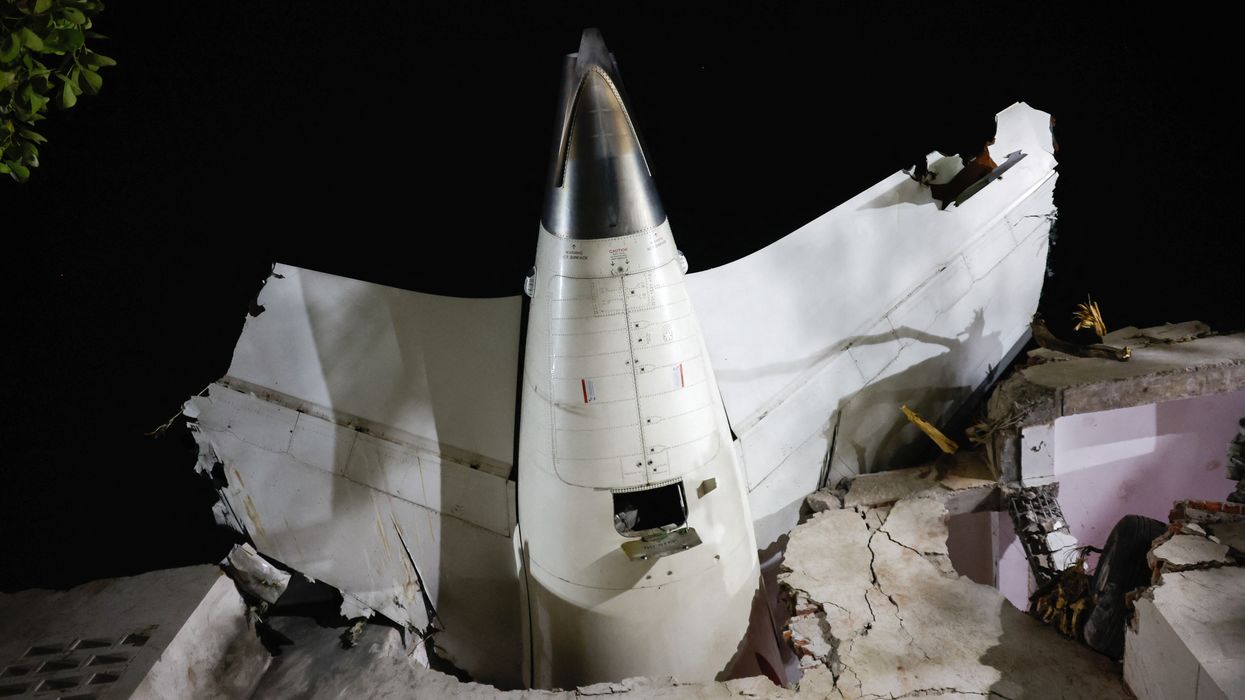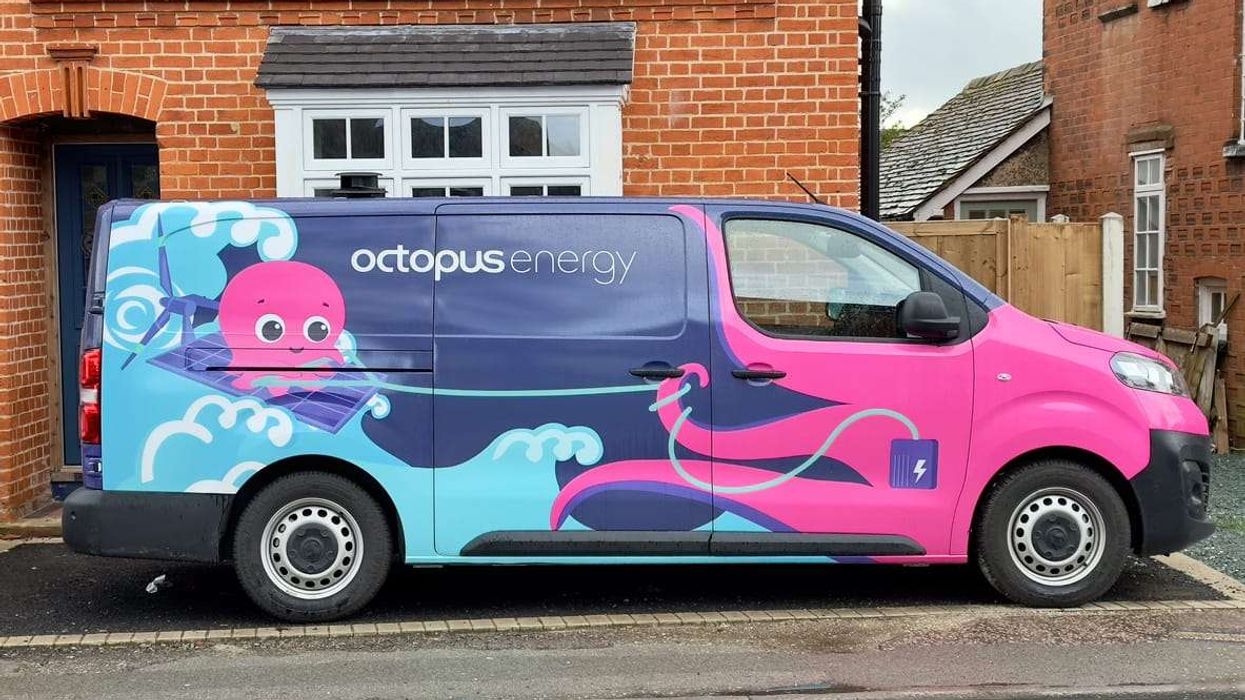THE INVESTIGATION into the Air India crash that killed more than 240 people is focusing on the aircraft's engine, flaps, and landing gear.
The Indian aviation regulator has ordered safety checks on the airline’s entire Boeing 787 fleet, reported Reuters.
The Boeing 787-8 Dreamliner, with 242 people on board and headed to Gatwick Airport near London, began losing altitude shortly after take-off from Ahmedabad. CCTV footage showed the aircraft crashing into a residential area and erupting into a fireball after hitting buildings.
Only one passenger survived. Local media reported that up to 24 people on the ground were also killed when the plane hit a medical college hostel during lunchtime.
This is the deadliest aviation accident globally in the past ten years.
Probe focuses on aircraft components
A source with direct knowledge of the matter told Reuters the investigation is examining several factors, including engine thrust, flap deployment, and why the landing gear was still down during take-off. The plane lost height and crashed moments after leaving the runway.
The probe is also looking into possible maintenance issues and whether Air India was at fault, the source said.
A bird-hit is not among the primary areas being investigated, the source added. Anti-terrorism teams are also involved in the probe.
The Indian government is considering whether to ground the Boeing 787 fleet during the investigation. Air India, Boeing, and the aviation ministry have not commented on this yet.
Air India operates more than 30 Dreamliners, including Boeing 787-8 and 787-9 aircraft. An Air India source said the airline has not received any communication about grounding the fleet so far.
Safety checks ordered on Dreamliner fleet
India’s aviation regulator has directed Air India to carry out additional maintenance checks on its Boeing 787-8 and 787-9 aircraft with GEnx engines. This includes a "one-time check" of take-off parameters before each flight starting from midnight on 15 June.
The regulator also asked the airline to add flight control system checks during transit inspections and to complete power assurance checks within two weeks. These are aimed at confirming the engine can generate the necessary power.
Flight data recorder recovered
The aviation ministry said investigators have recovered the digital flight data recorder from the rooftop of the building where the plane crashed. The cockpit voice recorder, the second black box, has not yet been found.
The Tata Group, which took over Air India from the government in 2022 and later merged it with Vistara, is part of the investigation. Tata Chairman Natarajan Chandrasekaran said in an internal memo that investigators from India, the UK, and the US have arrived. “We don’t know right now,” he said. “We want to understand what happened and will be fully transparent.”
GE Aerospace, which manufactures the aircraft engines, said it supports the regulator’s actions. “Safety is our top priority,” a GE Aerospace spokesperson said. “We are committed to providing all technical support necessary to understand the cause of this accident.”
Rescue operations completed
On Friday, rescue workers completed search operations at the crash site. Teams were searching buildings for missing people, bodies, and aircraft parts that could assist the investigation.
Prime Minister Narendra Modi visited the site in Gujarat, where he was briefed on rescue operations and met some of the injured in hospital. “The scene of devastation is saddening,” he said on X.
This is the first crash involving a Boeing Dreamliner since the aircraft began commercial service in 2011, according to the Aviation Safety Network. The aircraft involved in Thursday’s crash first flew in 2013 and was delivered to Air India in January 2014, according to Flightradar24.
The passengers included 169 Indian nationals, 53 Britons, seven Portuguese and one Canadian.
(With inputs from Reuters)












